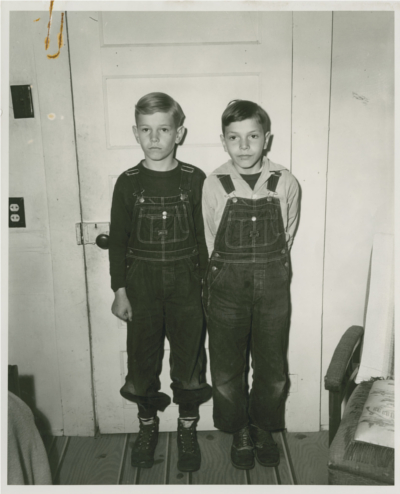The Daily Mail
2012-12-11
Tanith Carey
Whenever the moment comes when I have to choose the box on the Census that asks me to describe my national identity, my hand hovers over which one to tick.
With my fair hair, pale skin and green eyes, I certainly look like I should be picking the category that says ‘White/British’.
But by putting my mark in that square, I would not be doing justice to all that I am.
Like more than one million people in Britain, according to data from the 2011 Census released yesterday, I am a member of the fastest-growing population group in this country: those born to parents in inter-racial relationships.
Jubilation over the successes this summer of Olympic athletes such as Jessica Ennis — the daughter of a Jamaican father and a white British mother — has shown how far we have come in embracing such a large mixed-raced population.
When talking race, people are very quick to talk about the negatives — discrimination and the difficulties of integration, to name but two.
But let’s not forget how tolerant Britain is as a nation, and how inclusive we have become in the space of just a few decades.
As the granddaughter of an Indian entrepreneur who was at the forefront of this transformation, I can testify to just how far we have.
When I was a child growing up in the Seventies, it was not uncommon to be called a ‘half-caste’.
Sometimes the phrase was used to try to pigeon-hole me when I was asked about my slightly more exotic origins. At the time, the term ‘half-caste’ implied that because you were the sum of two halves, you amounted to nothing much.
It was used as the worst of all insults…
Read the entire article here.
